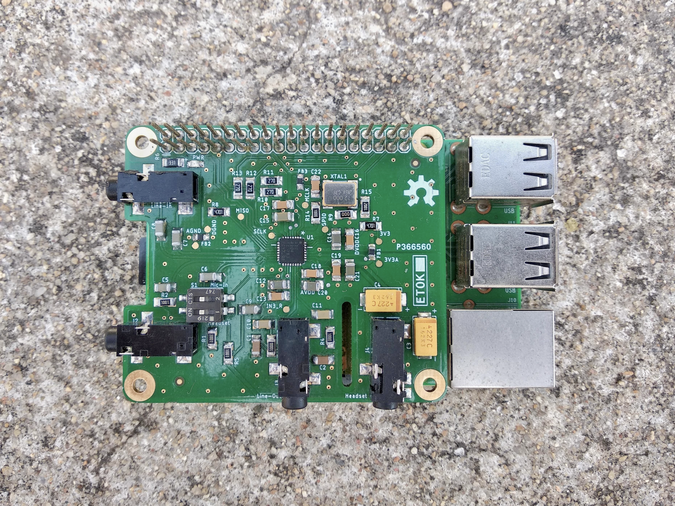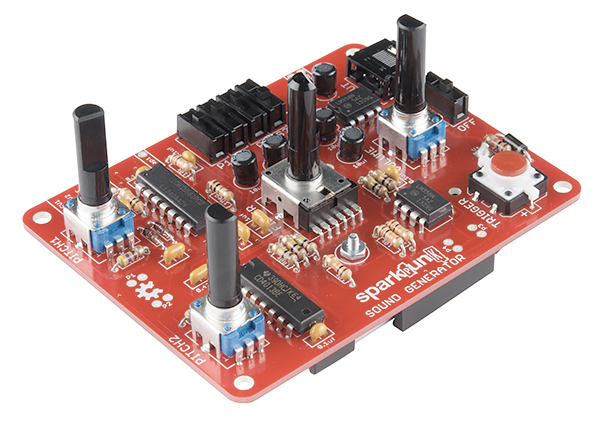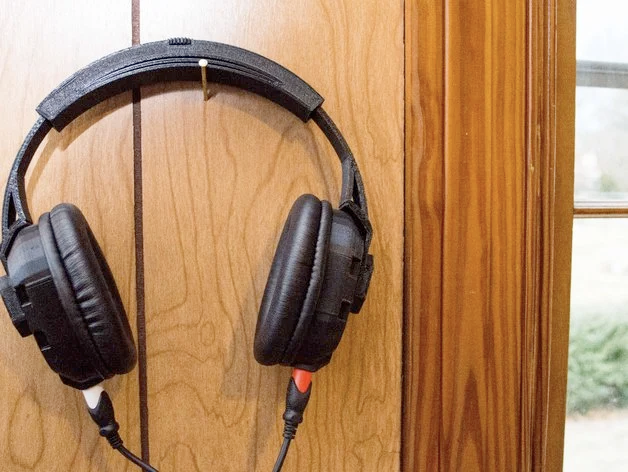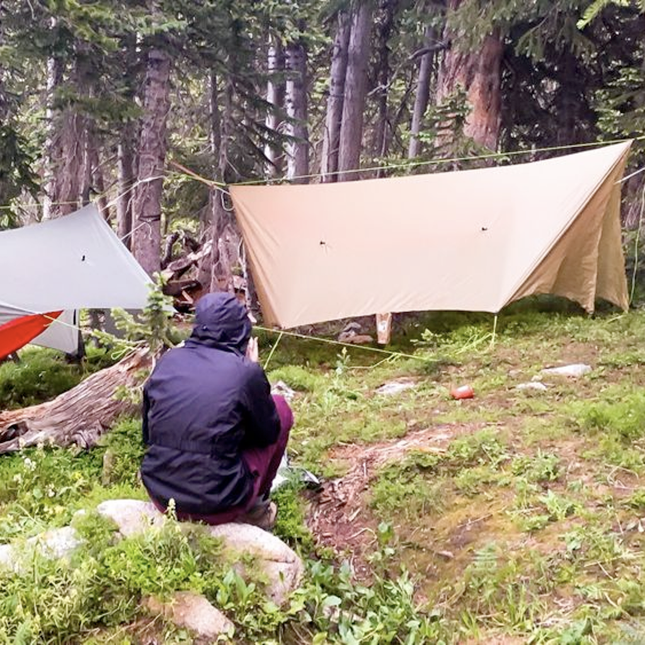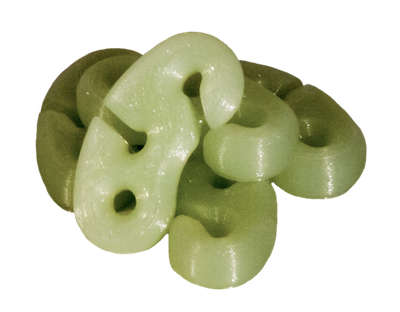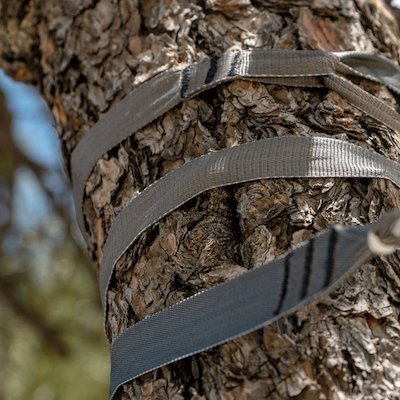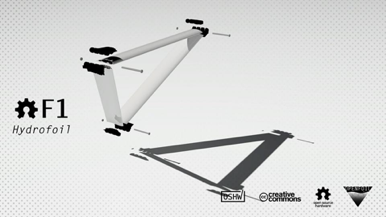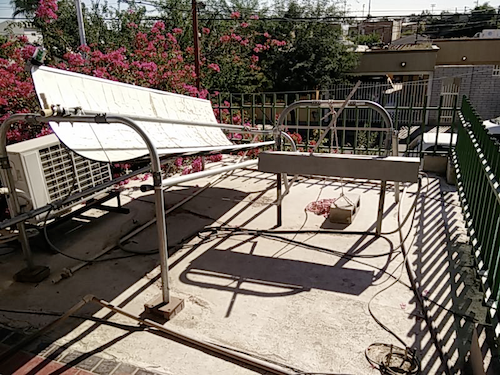This chapter originally appeared in the book 3D Printing in Orthopaedic Surgery. For more information about why I contributed to it and why I am positing it here under an open license, check out this post.
Economic and Regulatory Perspectives on Additive Manufacturing
GILBERT G. BERDINE, MD; MATTHEW DIPAOLA, MD ; MICHAEL WEINBERG, JD
One can draw parallels between the impending manufacturing revolution that some forecasters contend additive manufacturing will augur in and the information revolution that the Internet has spawned. 3D printing has the potential to become a massive decentralizing force: moving manufacturing from industry to the individual, from the factory to the home. Just as the dawn of the Internet age made anyone with a laptop and an Internet connection a publisher, so too can 3D printing turn anyone with a 3D printer into a “manufacturer.”
However, individuals that employ 3D printing and additive manufacturing do not operate in a vacuum. They operate within local, national, and sometimes worldwide economic and regulatory constraints that influence how, when, and where they can implement technology. As such it is important to consider how these constraints may influence the adoption, use, and reach of any technology in general.
From a legal and regulatory standpoint, 3D printing presents some unique challenges. While not completely new, 3D printing technology has only recently permeated the medical field, a field steeped in relatively static and far-reaching regulatory structures in most countries. At this point it is not clear whether its wider adoption will be absorbed quietly into existing regulatory frame? works or whether it will act as a disrupting force on those frameworks to upend much of what we know about how medical manufacturing is currently regulated.
The truth is that nobody knows for sure how 3D printing will ultimately change orthopedic practice from a broad contextual perspective. Instead, in this chapter we will attempt to help the reader understand how 3D printing technology fits into a broader economic and regulatory context. We will focus on the “macro” perspective where most of the rest of this book has focused on the “micro” perspective. We hope the reader gains from the combination of theoretical and practical discussion that we will undertake.
Our first analysis will be somewhat more conceptual and theoretical in nature. We will briefly look at manufacturing from an economic standpoint and outline how 3D printing fits into an overall system of production. We will use a free market economic theory upon which to base our initial frame of reference and then branch into a more “real world” discussion of the landscape in which most of us currently operate.
3D PRINTING- SOME ECONOMIC CONSIDERATIONS
We have chosen to use a free market framework as a starting point upon which we will attempt to put the 3D printing movement into a broader systems-based context. We use the free market perspective not because that is what most of us currently operate under (most of us typically work in a system with a combination of both government and free market dynamics) but because we feel that it will give us the most basic model of how consumers and producers interact to meet their needs without some of the other more opaque influences at play. As such we will draw from the Austrian school of economics whose founding principles are the subjective basis of economic value and the theory of marginal utility (for a better understanding of free market principles please see Ref.1).
To begin, let us consider three models of production that exist along a continuous scale extending from a single source of production at one extreme to the opposite extreme of each consumer producing one’s own goods. Fig. 4.1 illustrates a centralized production scheme.
There is one source of production and consumers must travel to this source in order to purchase the output. An example in the medical field would be a regional center that performs revision joint replacement. Although most community hospitals feature some form of orthopedic surgery, such as primary total joint replacement and basic fracture care, the regional center represents a central location for the production of a service to which consumers must travel in order to purchase that service. In this example, constraints such as surgeon expertise, implant inventory, and availability of complex ancillary services drive the concentration of revision joint replacement services to regional locations. In the manufacturing world, an example may be that one or only a few factories in the country produce a specific orthopedic implant due to the complexity and high cost of bringing together the resources necessary to build that specialized product.
There are pros and cons to a centralized production scheme. The pros are that it allows for a significant amount of specialization, control, and resource pooling to produce goods. The cons are that it maybe subject to concentrated risks. For instance recently there has been a shortage of certain anesthetics in the world due to extreme hurricanes ripping through the Caribbean and taking Puerto Rican factories offline. One could argue that the production and distribution of these anesthetics was overly centralized. A more decentralized system would have absorbed such a shock better by having a more distributed network of manufacturing in separate locations.
Fig. 4.2 illustrates a decentralized production scheme. Making toast is a simple example. Almost every household has a toaster. Production occurs at the location of the consumer and is regulated by the consumer. A surgical example would be sterile equipment. All modem hospitals and surgery centers have autoclave and other equipment that sterilize instruments. This allows the hospital (the end user) to regulate the delivery of sterile instruments in the operating room.
3D printing offers the possibility of fabricating equipment or supplies closer to the patient and expanding the role of the home in healthcare. In the above mentioned example, autoclaves could be produced at the point of use. While likely impractical in more industrially developed economies where transportation costs are low, one could imagine other environments where such local production of an autoclave would be advantageous. Consider a medical mission in a remote location or a space exploration mission to another planet In both scenarios the transportation costs may limit the feasibility of bringing in a conventionally produced autoclave. If demand is high, at some cost the economic scales may tip in favor of producing that machine on site.
Fig. 4.3 is a hybrid scheme with centralized production and decentralized distribution. Most medications utilize this scheme. Medications are fabricated at a central location and distributed to local pharmacies where pharmacists regulate patient-specific dosages. Depending on your perspective, the autoclave example given in the previous section is a hybrid scheme. If you consider that the final product is a sterilized instrument, then you recognize that there are both centralized and decentralized production schemes at work in that process.
Another example of a hybrid system in orthopedics would be the production of anatomically fitting plates and screws for fracture fixation. An implant company typically produces a range of plate and screw sizes for any particular procedure. These are produced centrally in a factory and then brought to the hospital by a sales representative. Often the surgeon makes modifications to the implant prior to final implantation in order to create a better anatomic fit. The surgeon modification would count as the decentralized portion of the production. Imagine that the surgeon creates a completely customized implant using a 3D printer at the hospital. This would be an example of a completely decentralized or “point-of-care” system of production.
The notion of fabricating parts to fit individual patients is not new. Prescription eyeglasses have been around a long time. The current system of measuring the patient locally, transmitting the prescription to a central optical laboratory or factory, distributing the eyeglasses from the central production facility back to the local retail outlet, and the customer buying the eye? glasses from the local retail outlet seems to work well.
Under current economic conditions it makes economic sense for such things as eyeglasses to be manufactured centrally. The process of shaping and polishing the material for the lenses requires sophisticated equipment , which is very expensive. The cost of this equipment must be distributed among many lenses. It would be impractical to make the lenses locally with a much smaller number of lenses to share the equipment costs. A toaster works in each household because the cost of the toaster is trivial. Thus we would be overreaching if we were to suggest that just because 3D printing can decentralize aspects of production
that it automatically will decentralize most modes of production.
The degree to which 3D printing brings about a movement in manufacturing toward the point of the consumer will depend on many factors, not least of which will be the cost and convenience of the alternatives. And because value is subjective, that can be difficult to assess. For instance, it may be materially less production as an entrepreneurial problem that must take into account many factors. The optimal degree of concentration of production “is not merely a mathematical problem which can be solved satisfactorily by all those familiar with the elementary rules of arithmetic. The main question is the determination of the money equivalents of the items which are to enter into the calculation. It is a mistake to assume, as many economists do, that these equivalents are given magnitudes, uniquely determined by the state of economic conditions. They are speculative anticipations of uncertain future conditions and as such depend on the entrepreneur’s understanding of the future state of the market. The term fixed costs is also in this regard somewhat misleading.”2
Free market economics is indifferent as to whether 3D printers making fracture prostheses are located in a single production center with decentralized distribution (Fig. 4.3) or whether 3D printers exist in each local hospital (Fig. 4.2) much like CT scanners. Free market economics is concerned only whether the entrepreneurial decision of choosing the production model is based on free market costs.
Consider this medical example from pulmonary medicine. For many years Medicare considered nebulized albuterol to be a supply for durable medical equipment rather than a prescription drug. Patients who used a nebulizer could receive albuterol solution at a discount of 80%-100% via Medicare subsidy. Prior to Medicare prescription coverage, it should not surprise anyone that many Medicare patients preferred nebulized albuterol to the use of a meter dose inhaler (MDI), which was not subsidized. After Medicare Part D went into effect, many patients switched to the MDI as the subsidies for the MDI and nebulized forms were similar and the MDI form was more convenient. Free market economics is opposed to choosing therapy based on subsidies rather than the free market costs of each option.
INNOVATION
Innovation is the production of ideas. As is the case with the production of goods, the production of ideas has costs. These costs include the time spent by the inventors and the equipment necessary to test those ideas. Figs. 4.1-4.3 are equally applicable to innovation as they were to the production of goods and services. Examples of centralized innovation would be Bell Labs or Google X. Advantages of centralized innovation include the application of multiple disciplines and points of view to the solution of problems.
Consider the problem of developing a new surgical hip prosthesis. Rather than finding an individual who is expert in both material science and orthopedic surgery, the centralized innovation center allows an expert in materials science to collaborate with an expert in orthopedic surgery. Disadvantages include higher costs. Larger buildings are more expensive than smaller buildings. Every project may not require the expertise of every researcher, so the time for some researchers may be idle. Higher costs mean that centralized innovation centers will limit their studies to big problems that offer the potential of big profits.
Medical innovation is often decentralized. New procedures often start with a single practitioner trying a new technique to solve the problem of a single patient. Decentralized innovation requires low cost fabrication for prototypes. 3D printing has the potential to decentralize innovation in medicine including orthopedic surgery. 3D printing makes it possible for individual practitioners to fabricate custom tools necessary for novel surgical techniques. The low cost of a 3D printer favors the decentralization of experimentation and innovation away from large research facilities. Pure free market economics is opposed to centralization made necessary by government regulation, patent monopoly, or expensive barriers to entry required by licensing agencies such as the Food and Drug Administration (FDA). As long as the entrepreneurial decision to try new innovative techniques is based on free market costs, pure free market principles are indifferent to the concentration of research and innovation.
Nevertheless, full realization of the innovation potential of 3D printing in orthopedic surgery will more likely depend on the nature of government regulation of medical 3D printing rather than the free market economic costs. There are many ways that regulation can hinder the decentralization of production or innovation in orthopedic surgery applications of 3D printing. Patent monopoly of 3D printers could make the costs too high for decentralized activity. Patent monopoly of feedstock for 3D printers or copyright monopoly of blueprints could have the same effect.
Decentralization of innovation and production has important implications for charity care or indigent care as well. In economic terms, charity can be considered a market phenomenon based on voluntary contributions to solve the problems of needy customers. People make charitable contributions because they have more self-satisfaction or “happiness” by giving rather than keeping resources for their own material benefit. Low cost fabrication equipment favors decentralized charity versus centralized charity. A big issue for the viability of a charity is the tradeoff between quality and cost. All other things being equal, people prefer higher quality to lower quality. This is true even though quality is purely subjective. It is another objective truth that all other things being equal, including quality, people prefer the lower price item to the higher price item. Given a choice between a higher cost good of higher quality and a lower cost good of lower quality, however, it is entirely subjective whether an individual will choose high quality or low cost. Charities must try to maximize the good that they deliver given limited do? nations of time and money. Charities may very well choose low cost over high quality, especially if the alter? native to low cost and low quality will be no care at all. Regulations that dictate minimal quality standards tend to centralize the production of goods as the higher quality standards require more inspection, more sophisticated equipment, and more production steps-all of which generate higher costs that need to be distributed over higher volume of sales.
3D printing, especially the lower cost 3D printing technologies, offers low cost options to the fabrication of parts and tools. An indigent patient might not be able to afford an expensive proprietary orthopedic pros? thesis or implant. The local hospital might not be able or willing to donate the expensive proprietary part. A local orthopedic surgeon might be willing to donate his or her time to fabricate a lower cost and lower quality implant or prosthesis. The hospital might be willing to donate the lower cost of metal, ceramic, or plastic raw supplies. 3D printing offers the potential that the local healthcare system can deliver a low cost, low quality solution to the patient’s problem which has the potential to be superior to no therapy at all. Quality regulations could preclude this decentralized, low cost option.
3D printing offers the potential to decentralize innovation and the production of goods in orthopedic surgery. Free market economic principles are indifferent to whether 3D printing is successful in decentralizing production and innovation as long as the decisions are based on free market economic costs. Free market principles are opposed to protecting centralized production and innovation by government legislation, government regulation, government licensing, patent monopoly, and copyright protection.
However, we do not live in a purely free market system. Particularly in medicine, we live in a system of tight government regulatory control in which all of the above mentioned regulatory mechanisms are at play. In our next section we will discuss what we know so far about the regulatory environment in which users of 3D printing technology will find themselves operating.
3D PRINTING: A REGULATORY PERSPECTIVE
General Principles of Regulation
In this section, we will consider general benefits and problems with regulation. Orthopedic implants will be used as an example to clarify these issues.
The stated purpose of regulation is safety and efficacy. Regulation explicitly decreases the available options for any need or problem. Ideally, regulation limits the available options to those that exceed some universally accepted minimum standard for efficacy and safety. The benefit for consumers is that they need not waste time evaluating options that they would automatically reject. In practice, however, the questions of how much safety and efficacy are enough to satisfy consumers are subjective in nature. This subjective nature can become problematic because compliance with regulations raises costs and limits competition. Further? more, the environment of the regulation is important as we must always compare the safety and efficacy of a proposed solution to an alternative. The utility of regulation is much different for a new device that has no alternative versus a competing device that has a well-established alternative.
Consider hip prostheses as an example. The natural recovery from a hip fracture is usually poor. In the elderly, a hip fracture can significantly shorten life expectancy. The first hip prostheses had a very low bar to exceed in terms of safety and efficacy, as there were no good alternatives. 3D printed hip prostheses will have to compete against the well-established safety and efficacy record of existing implants. The long-term effects cannot be tested with short-term efficacy trials. Physicians will not adopt a new implant with unknown long-term side effects unless the new implant offers substantial improvements in efficacy, short-term safety, or both.
Modification of existing products introduces fewer uncertainties about performance than introducing totally new products. 3D printing applications that modify existing hip prostheses to better fit an individual may have fewer long-term uncertainties than the use of novel designs. Modification applications have to demonstrate less improvement in efficacy or convenience to be accepted. Scrutiny of modifications is different from the scrutiny of new products. A modification must be analyzed in terms of how the changes will alter the known properties of a device. The smaller the change introduced with the modification, the less expectation for unwanted results.
The benefits of minimum thresholds for efficacy and safety cannot be separated from the increased costs and decreased competition inherent in regulation. Regulations can be created with the intent of improving efficacy and safety, but regulations can also be created with the intent of raising barriers to competition and blessing current practices as safe or efficacious. Capture of the regulatory process by the regulated is always a concern for any regulatory process.
In the United States, options for orthopedic implants are filtered by both certification and licensure. The US FDA is the licensing agency that limits the available legal options. Licensing by the FDA does not guarantee use. Hospitals decide which implants will be available in their operating rooms. These decisions are made by orthopedic surgeons and the insurance companies who insure against liability. The health insurance companies who decide what patient benefits will be covered or paid for also play a role in the certification of options. The FDA has shown a willingness to tolerate off-label use of approved drugs for situations outside the boundary of approval when there are no good alternatives available. The off-lab el use of drugs model might be applied to some 3D printing modifications of already approved devices using already approved materials.
History of FDA Regulation of 3D Printing
This section outlines how the FDA is approaching questions related to 3D printing, including what types of considerations and concerns are driving the analysis. It will not-and cannot-provide comprehensive guidance for how regulators will evaluate any given 3D printed solution. This is in part because the regulatory processes are still evolving. Also, it is worth noting that nothing in this section is intended to be legal advice. If you have specific questions about specific solutions, prudence dictates seeking out a lawyer.
This is an evolving area of regulation. As discussed earlier, regulations inherently involve tradeoffs. Regulators at the FDA are tasked with protecting the public health by ensuring the effectiveness, quality, and security of drugs and medical devices. By their very nature new solutions bring both a potential for improvement and the risk of increased harm. Regulators must balance the value of moving forward with a new solution
against the very real possibility that the new solution contains a hidden harm. The FDA Guidelines3 must be considered in the light of these tradeoffs between
benefits and costs.
Assumptions Underpinning Medical Regulation
Medical regulation traditionally assumes a degree of traceability and repeatability in regulated medical de? vices. 3D printing can challenge some of these assumptions.The FDA Guidelines3 are an attempt to meet these challenges.
Traceability goes to the material chain, the design
chain, and the manufacturing chain. It helps assure that the materials making up the object are safe and fit for purpose; the design of the object has been created by knowledgeable, responsible parties who understand the relevant factors that must be considered; and that the actual manufacturing process combines those safe materials and responsible designs into a device that will properly achieve its intended purpose. The FDA Guidelines explicitly acknowledge the above mentioned considerations with a flowchart that defines the scope of additive manufacturing (AM) or 3D printing process. This flowchart includes design, software workflow, material control, build, post processing, and final testing considerations as elements included within the AM or 3D printing process that will be regulated by the FDA.
Once those elements come together to create a single device, the entire process must be repeatable. The FDA
Guideline states,
“As with traditional manufacturing methods, design requirements drive the processes that can be used to reliably produce the device. It is therefore important to clearly identify key design parameters for your device, including, but riot limited to, size range and available design or configuration options
( e.g., range of angles between the trunnion and stem of the femoral component of a hip arthroplasty device).”3
The FDA discussion of quality control uses an orthopedic implant as an example.
This repeatability serves the obvious purpose of
creating devices that reliably achieve their intended purpose. It also serves the less obvious purpose of allowing for process-level and sample-based testing to verify safety. The Guidelines state,
“The effects of the different steps in the AM processes can be seen in final device testing; however, determining the root cause of failures from manufacturing defects can be very difficult without a clear understanding of each step.”3
The FDA Guideline makes it clear that all details related to the manufacturing process will be evaluated and must be properly documented. For example,
“Each AM process may have different critical steps and identified risks. It is important to use all reasonably obtainable knowledge about your specific machine’s capabilities to ensure the manufacturing process outputs meet defined requirements.3 Additionally, the cumulative effects of prior processes on the final finished device or component should be incorporated into the development of each process step and documented.”3
The detail of the Guideline includes consideration that a left-to-right print head motion may yield a significantly different result from a right-to-left print head motion.
While medical and surgical device manufacturers are accustomed to these FDA documentation requirements, 3D printing ventures may not necessarily comply with these requirements. Depending on the application, materials could come from nonverified sources, designs could be modified by nonexpert creators, and manufacturing can be done in smaller, less formal environments. Similarly, the 3D printers used to create the devices may not be optimized for the repeatability of traditional manufacturing methods. The FDA Guideline does not explicitly prohibit these possibilities, but the application for approval requires consideration how these issues would impact the overall result. Regardless of the source of 3D printing material, the documentation requires specification of minimum acceptable quality of material and consideration about how variation in quality would impact the final product.
Regulators may also find that 3D printing presents the opportunity for manufacturers that do not specialize in medical devices to meet some of the industry’s needs. These general purpose manufacturers may not be interested in certifying compliance with medical-specific regulatory structures even though their existing standards would meet FDA requirements. This opportunity will require regulators to carefully evaluate whim types of regulations are necessary in the context of specific solutions and when relying on existing industry practices is adequate. The FDA Guideline offers the possibility that general purpose 3D printing manufacturers could partner with medical and surgical device manufacturers where the device manufacturers could apply their expertise in process documentation to innovative ideas from smaller and more local 3D printing manufacturers. For example, a manufacturer of hip prostheses could partner with a university medical center to innovate a new interface between imaging technology and the manufacture of the individual prosthesis. The local innovator can supply the algorithm that achieves the desired result, and the device manufacturer can provide the documentation expertise to answer FDA questions about rounding errors, file conversion issues, and geometric interpolation.
Finally, medical device use relies on the nonregulatory (or quasi-regulatory) structure of insurance reimbursement codes. As solutions are created and approved, consensus will need to be reamed regarding the proper codes to apply to given solutions. Resolving this challenge will require cooperation between Medicare, private insurance companies, and the device entrepreneurs.
The FDA Review Process
The FDA has been exploring regulatory questions related to 3D printing since 2014. One of the recurring challenges of the exploration has been attempting to distinguish between uses of 3D printing that focus on communicating with and educating patients (categories that would involve a lesser degree of regulatory scrutiny) and those that focus on diagnosis, measurement, and treatment (categories that would involve a higher degree of regulatory scrutiny).
For example, a 3D printing application might convert a patient’s radiographic image into a model of the proposed prosthesis and patient-specific anatomy. This model could be used to illustrate to the patient the proposed individualized procedure. Such an application might aid or improve the informed consent pro? cess. Educational applications have far fewer safety issues and would have lower barriers to entry for small ventures lacking expertise in process documentation.
In October of2014 the FDA held an initial workshop on 3D printing entitled “Additive Manufacturing of Medical Devices: An Interactive Discussion on the Technical Considerations of 3-D Printing.”4 The workshop was an initial exploration of the topic by the FDA and attempted to examine issues sum as
-
material chemistry
-
physical properties
-
recyclability
-
part reproducibility
-
process validation
-
printing process characterization
-
software used in the process
-
postprocessing steps (hot isostatic pressing, curing)
-
additional machining
-
cleaning/excess material removal
-
effect of complexity on sterilization and biocompatibility
-
final device mechanics
-
design envelope
-
verification
These initial topics encompass many issues that would recur in discussion surrounding 3D printing regulation going forward. As one might expect, the topics focus on making sure that the physical device is safe, even if it is manufactured via a relatively novel technique. They also suggest the FDA’s relative lack of foundational information about the process and its applications.
In August of 2017 the FDA presented an updated view on its role with regard to 3D printing.5 In a presentation to the Radiological Society of North America, the FDA announced that software used to generate models for diagnostic purposes would be regulated as Class II medical devices.6 This focus on the software would be prioritized over regulating specific printers or individual models. If the software was certified, at least in theory, it could be used on a number of specific printers.
While clear in theory, these distinctions can become muddied in practice. Although the focus is on software, in practice that software often must be validated in the context of specific 3D printing technologies and mate? rials. As a result, software validation can often become a proxy for validation for the larger ecosystem.
There is also ambiguity regarding the distinction between models created for diagnostic purposes and those created for nondiagnostic purposes. As only the former requires regulatory compliance, there is an incentive for vendors to advertise educational software packages with at least a tacit understanding that some models created by those packages may also be used for diagnostic purposes.
FDA Guidance in December 2017
The FDA’s review culminated in the publication of “Technical Considerations for Additive Manufactured Medical Devices” in December of 2017, over a year after the initial draft was circulated.7 This guidance focuses on the same types of concerns raised during the 2014 workshop. It reiterated the importance of validation, documentation, and awareness of how various steps in the 3D printing process can introduce variation into final products.
In light of the variability in 3D printing technologies and the fact that many 3D printed objects will be customized to the patient, the document highlights the importance of identifying key design parameters that can be tested before the printed object is used. Once manufacturing has been controlled, the FDA also advises on best practices for testing and labeling the finished device.
The guidance is intended as a complement to, not a replacement for, existing regulation that might cover a specific advice. This approach is consistent with an understanding that, while 3D printing is a novel method of creating devices, it does not suspend the types of regulations or concerns that would govern other similar types of devices.
“It is anticipated that AM devices will generally follow the
same regulatory requirements and submission expectations as the classification and/or regulation to which a non-AM device of the same type is subject. In rare cases, AM may raise different questions of safety and/or effectiveness. In addition, this guidance only addresses manufacturing considerations related to the AM process.”3
In other words, regulation of 3D printed devices will not be less stringent than regulation of devices manufactured by traditional methods.
Conclusions
The 2017 FDA Guideline presents a number of considerations that any manufacturer or user of 3D printing must take into account when bringing a solution to market. While these considerations are familiar to those involved in the manufacture of medical and surgical de? vices generally, the guidance provides 3D printing? specific details that serve to highlight the way that 3D printing differs from traditional manufacturing. The FDA Guideline indicates that the scrutiny of 3D printed devices will be at least as great as traditional medical and surgical devices. It also suggests ways that the FDA may be willing to accommodate differences between 3D printing and traditional manufacturing going forward. 3D printing ventures will either have to develop the process documentation expertise necessary to meet FDA standards or they will have to partner with traditional medical device manufacturers. The FDA Guideline appears to favor partnerships between innovators with more established actors in the medical and surgical device field. The FDA Guidelines may evolve, but the existing environment favors a hybrid production scheme with centralized process documentation and 3D printing innovators solving individual patient problems with local manufacturing.
The guidance provides an important first step toward bringing 3D printing-based solutions into the medical mainstream. In the coming months and years, it is likely to be tested and revised as specific solution providers attempt to apply it to specific solutions.
It will also remain to be seen if 3D printing-based solutions emerge from nontraditional actors. It is possible that 3D printing makes it easier for players outside the traditional medical device field to develop and provide important solutions. If this pattern does begin to manifest itself, it also remains to be seen if the FDA can accommodate these new players. It is always easier for a regulatory agency to interface with producers that are accustomed to the agency’s existing processes and expectations. The opportunities for new players to enter the market for 3D printing solutions to orthopedic surgery problems will be greatest where the FDA has indicated the most flexibility: patient education.
Incremental expansion of new players would most
likely be in the arena of modification of existing devices. The documentation requirements in this area are less daunting as the manufacturer must only convince the FDA they have not broken something that has already passed FDA scrutiny for safety and reliability. New players are not prohibited from entering the arena of implant manufacture, but the high barrier to entry presented by the process documentation requirements will likely lead new players to partner with traditional device manufacturers who already have the process documentation expertise. Finally, the FDA has, in the past, been more flexible to accommodating innovation where no viable solution already exists. A regulatory model analogous to off-label drug use might evolve to handle situations where there are no good alternatives.
REFERENCES
-
What is Austrian Economics? [Internet]. Available from: https://mises.org/about-mises/what-austrian-economics.
-
Mises L. Human Action. The Scholar’s Ed. Ludwig von Mises
Institute; 1998.
-
https://www.fda.gov/downloads/MedicalDevices/DeviceRegulationandGuidance/GuidanceDocuments/UCM499809.pdf.
-
https://www.gpo.gov/fdsys/pkg/FR-2014-05-19/html/2014-
11513.htm.
-
https://www.fda.gov/downloads/Med.icalDevices/NewsEvents/ WorkshopsConferences/lJCM575719.pdf.
-
http://raps.org/Regulatory-Focus/News/2017/09/01/28381/3D-Printed-Anatomical-Modeis-FDA-Explains-Regulatory-Framework/.
-
https://www.fda.gov/ucm/groups/fdagov-public/@fdagov-meddev-gen/documents/document/ucm499809.pdf.
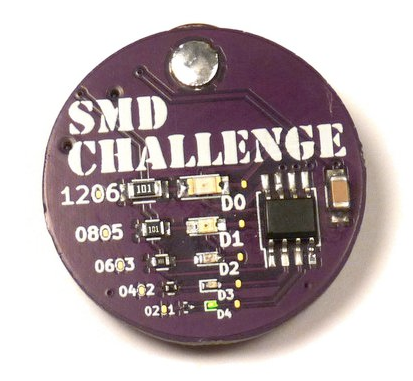
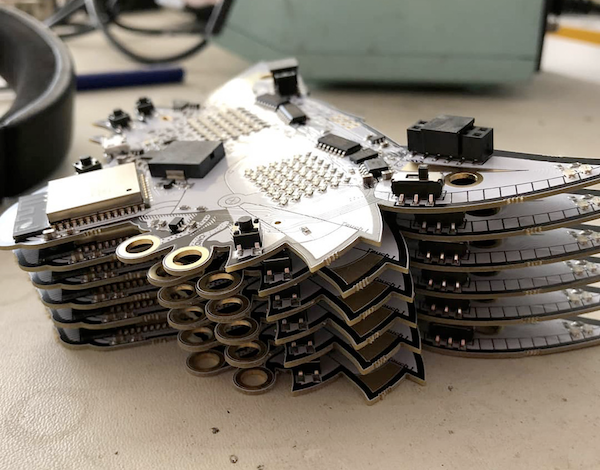


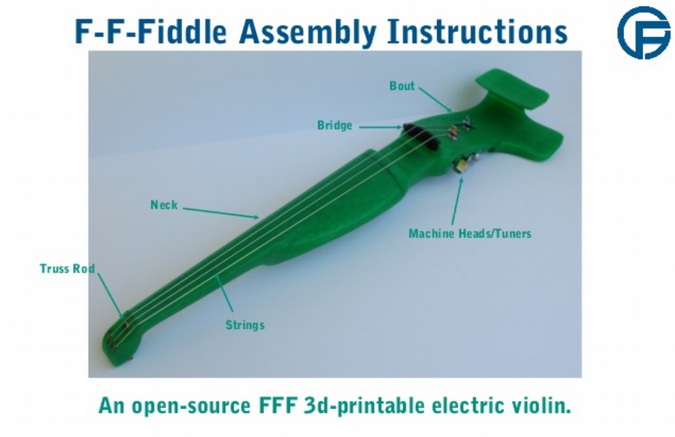
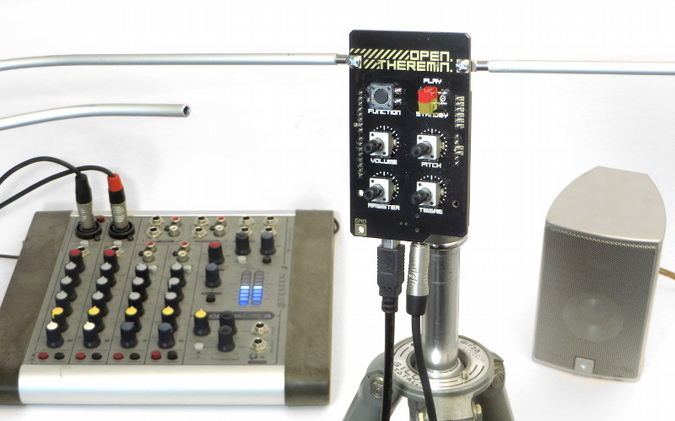
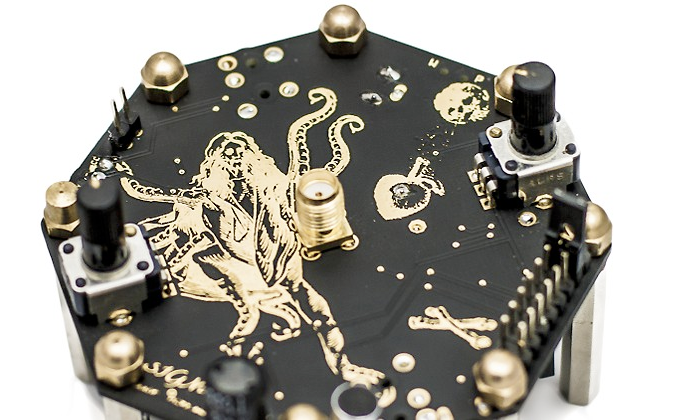 Credit: Victor Mazon Gardoqui CC 4.0 BY-SA
Credit: Victor Mazon Gardoqui CC 4.0 BY-SA